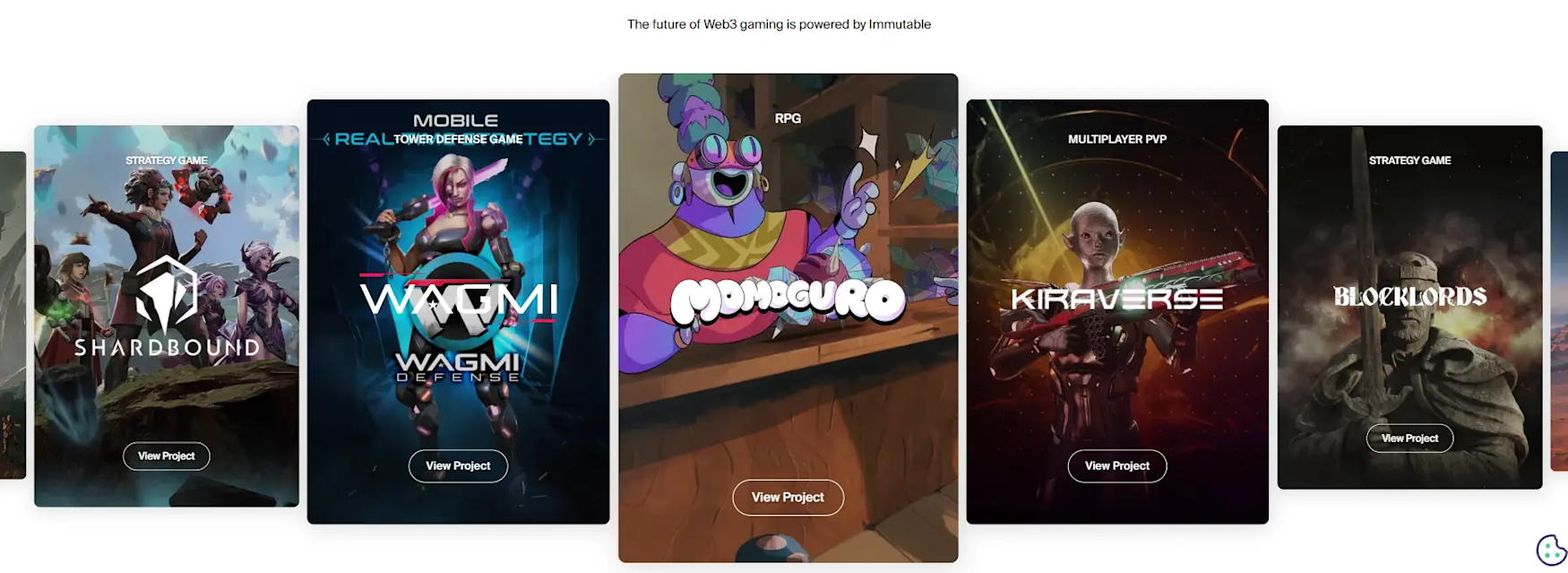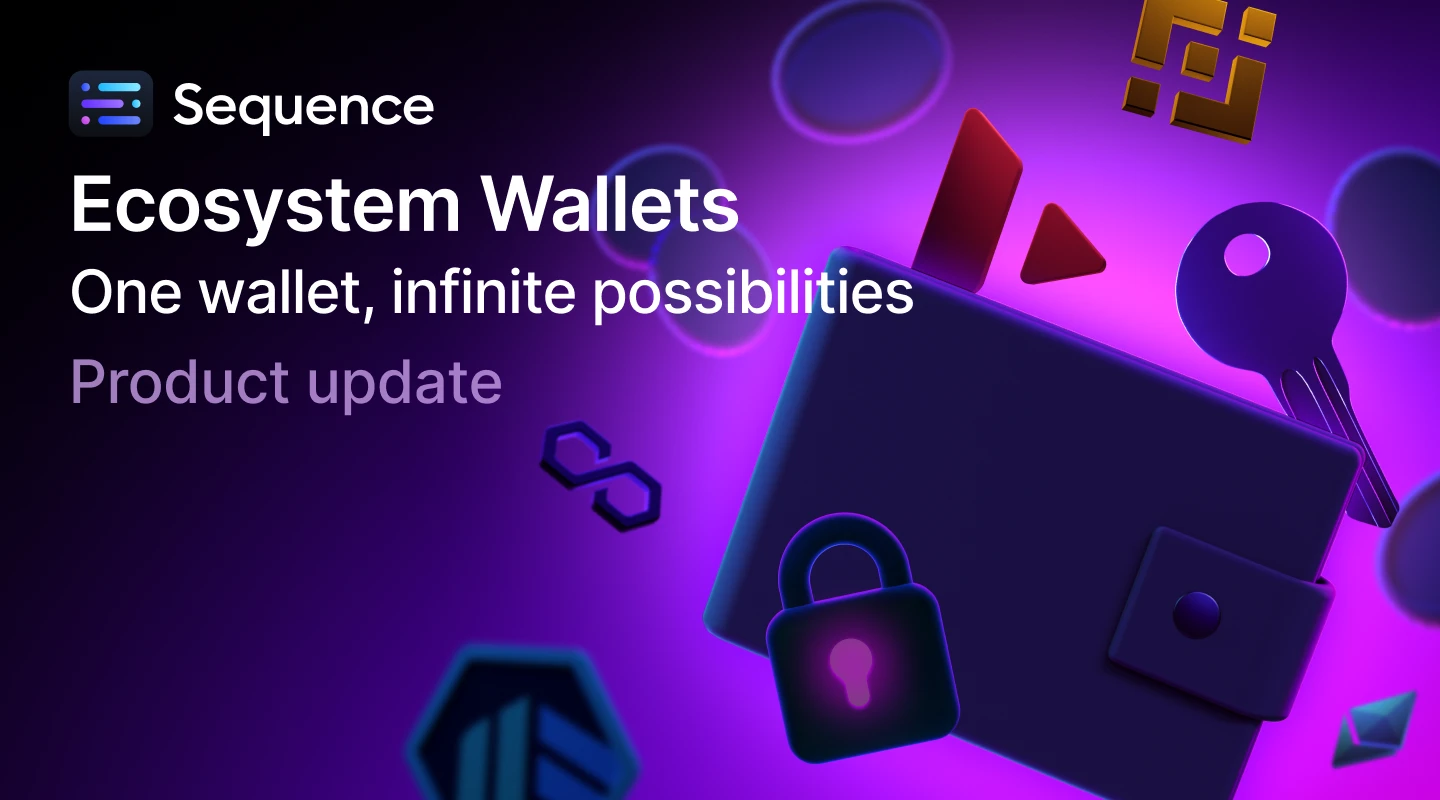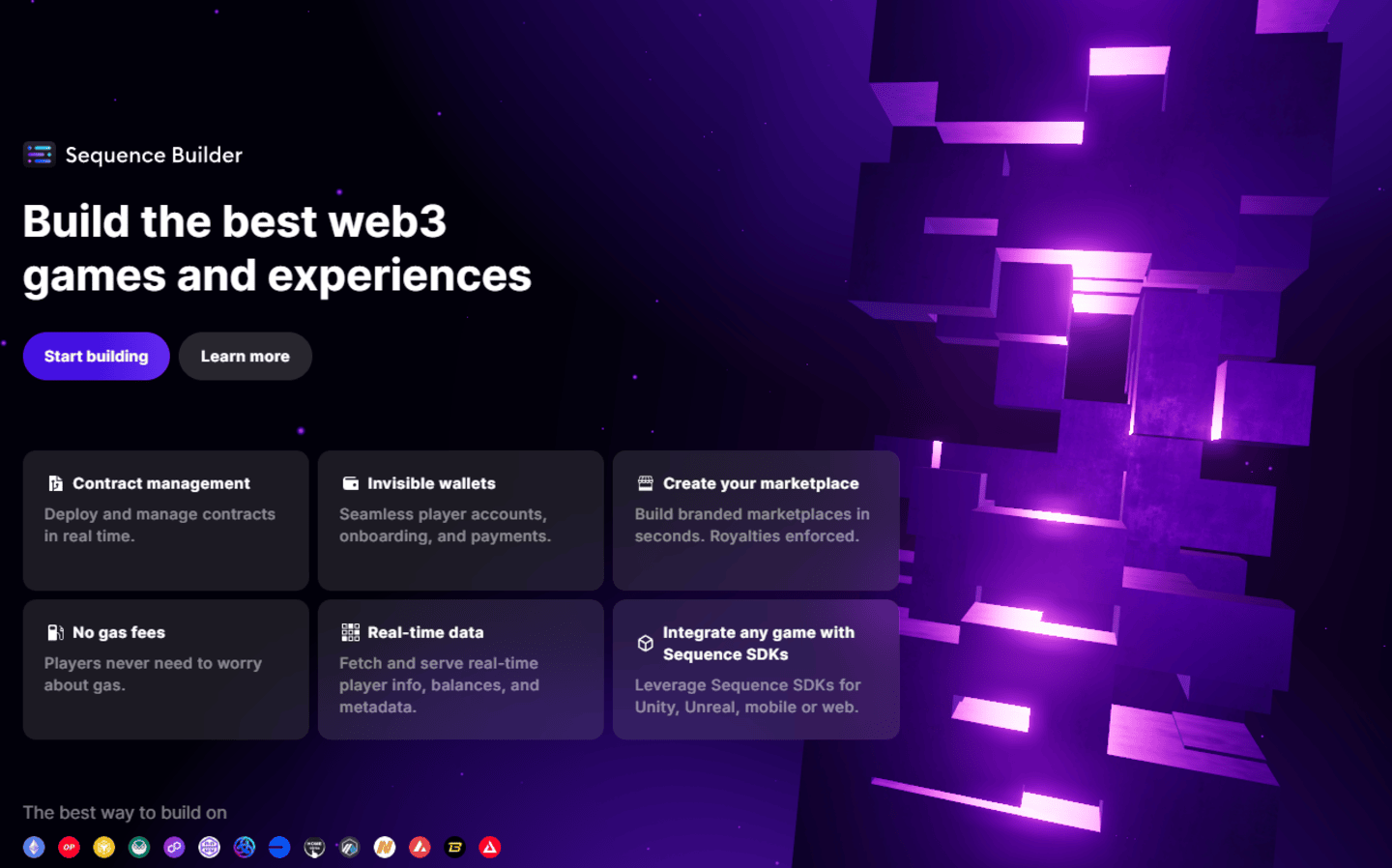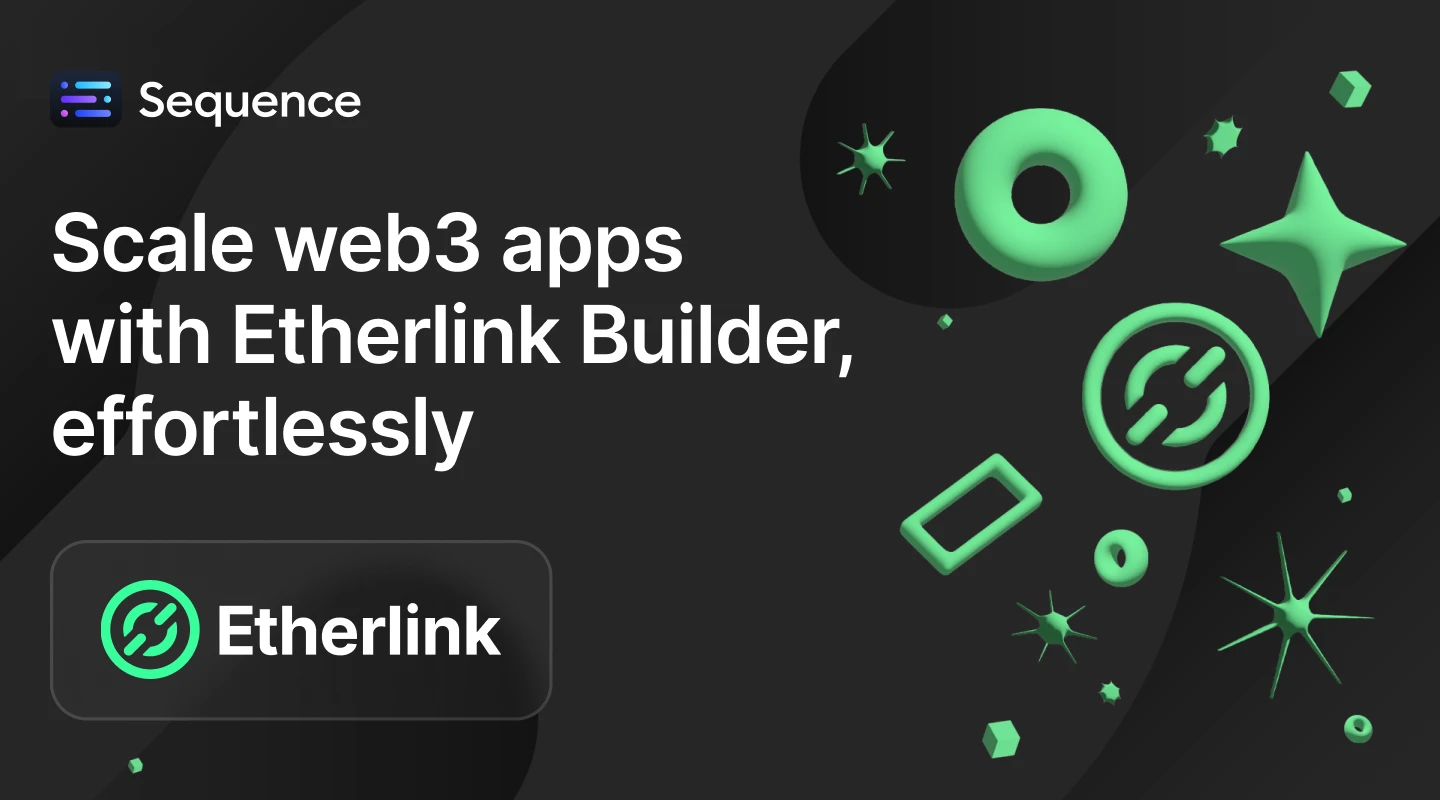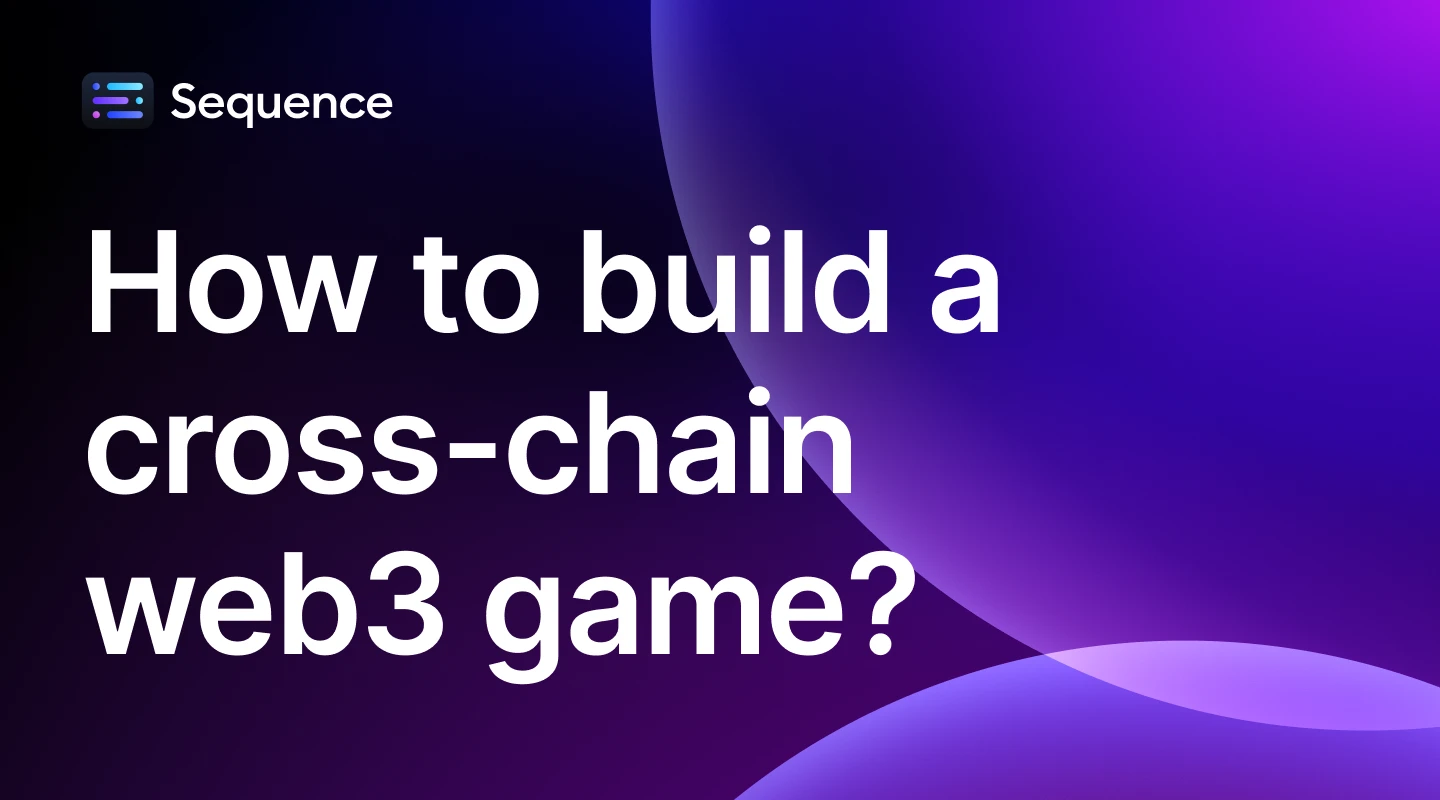
Layer 2 (L2) and Layer 3 (L3) scaling solutions are transforming how developers build decentralized games. These solutions—ranging from Arbitrum and Optimism to Base and Immutable X—offer significant advantages in terms of scalability and reduced transaction costs. For game developers, this means the ability to handle more players and in-game transactions without the high fees and congestion associated with Ethereum's mainnet.
However, these advancements also introduce a new set of challenges. As players and their assets spread across multiple chains, liquidity becomes fragmented, infrastructure tools vary from chain to chain, and users must manage wallets and assets across different blockchains.
This multi-chain environment presents game developers with a complex puzzle: How do you build a seamless in-game experience when players' wallets, tokens, and items are scattered across different chains?
In this blog post, we’ll explore the key challenges game developers face in navigating this multi-chain world and we’ll also highlight emerging solutions that address these issues.
Key takeaways
Cross-chain gaming introduces fragmented liquidity, infrastructure, and wallet management challenges.
Developers can leverage cross-chain liquidity tools to unify in-game economies.
Chain and currency abstraction are key to simplifying user experiences across multiple blockchains.
Infrastructure tools like blockchain indexers, multi-chain wallets, and data aggregators are essential for managing cross-chain gaming complexity.
Sequence provides a one-stop solution for managing all these complexities in a single package.
Cross-chain web3 gaming: What is it?
Developers are increasingly turning to Layer 2 (L2) and Layer 3 (L3) solutions to overcome the limitations of Ethereum’s mainnet.
For example, Immutable X focuses on NFTs and gaming applications, enabling fast and gas-free transactions while maintaining Ethereum's security. Base, backed by Coinbase, provides a secure and low-cost environment to deploy decentralized applications (dApps), including games, with easy integration into Ethereum’s ecosystem.
The challenges of cross-chain web3 gaming
Building decentralized games across multiple Layer 2 and Layer 3 chains opens up a world of opportunities for scalability and enhanced performance, but it also introduces significant challenges for developers:
Liquidity fragmentation: One of the biggest hurdles in cross-chain gaming is managing liquidity across different chains. In a typical decentralized game, in-game tokens or NFTs may be spread across multiple blockchains, such as Arbitrum, Optimism, and Base. This fragmentation can make it difficult for developers to maintain a unified in-game economy. For instance, if liquidity for a game’s token is isolated on one chain, it limits how users on other chains can interact with those tokens, reducing the overall player experience and engagement.
Infrastructure fragmentation: Each blockchain comes with its own set of infrastructure tools, APIs, and development environments. A tool that works on Arbitrum may not be available on Base, and an indexer that tracks transactions on Optimism might not integrate with Immutable X. This variability forces developers to manage a complex and fragmented set of tools, which can slow down development and make maintenance more cumbersome.
Wallet fragmentation: Players often have wallets and assets on multiple blockchains, which adds another layer of complexity for developers. Managing assets such as NFTs, tokens, and other in-game items across Ethereum, Immutable X, and other chains can lead to a disjointed user experience. Players might have to switch between wallets or networks just to access different parts of a game, leading to frustration and disengagement.
Addressing these challenges requires game developers to look for solutions that not only simplify the development process but also ensure a smooth and cohesive experience for players, regardless of which chain they are interacting with.
Cross-chain solutions
As the gaming ecosystem expands across multiple chains, developers need sophisticated tools to manage liquidity, infrastructure, and asset fragmentation. Several solutions have emerged to tackle these issues, offering streamlined experiences for both developers and users.
Cross-chain liquidity solutions
One of the main challenges in cross-chain gaming is fragmented liquidity—where tokens and in-game assets are spread across various blockchains. Tools like OneBalance and Socket address this by aggregating liquidity from multiple chains into a unified pool. This allows developers to ensure that assets like tokens or NFTs are accessible across different chains, creating a more fluid in-game economy.
An example from the DeFi space is Infinex, which abstracts away cross-chain complexities, allowing users to manage their funds without needing to worry about where their assets are located. While Infinex is focused on DeFi, the principles of cross-chain liquidity it uses—like hiding the need for manual asset bridging—are also essential for gaming developers looking to unify liquidity across chains.
Chain and currency abstraction
In cross-chain environments, developers often face the challenge of managing not only assets across different blockchains but also the user experience. Two key concepts—chain abstraction and currency abstraction—have emerged to simplify this complexity for both developers and users.
Chain abstraction
At its core, chain abstraction refers to hiding the complexities of different blockchains from the end user. In a multi-chain world, users might have assets or interact with smart contracts on different networks. Without chain abstraction, users would have to manually switch between chains, bridge assets, and manage their interactions across different networks, which can be cumbersome.
With chain abstraction, this process is automated and invisible to the user. All interactions are handled behind the scenes, allowing users to focus on their activity (e.g., playing a game) rather than worrying about the underlying infrastructure. This concept is widely used in DeFi platforms and is increasingly being integrated into gaming applications to ensure seamless cross-chain gameplay.
Currency abstraction
Similar to chain abstraction, currency abstraction aims to simplify how users interact with different tokens across chains. In a multi-chain world, users might hold different currencies on various blockchains, such as ETH on Ethereum, MATIC on Polygon, or other native tokens.
Currency abstraction allows users to pay or transact with any token they hold, while the system converts it into the currency required for the transaction. This eliminates the need for users to manually swap tokens or even be aware of the specific currency required. For developers, currency abstraction ensures they can receive payments in their preferred token while providing users with the flexibility to use the assets they have.
Together, chain and currency abstraction offer powerful tools for simplifying cross-chain interactions, both for developers who need to manage the complexity and for users who demand a seamless experience.
Sequence offers these capabilities natively, particularly for gaming projects. With Sequence web3 development platform, developers can take advantage of both chain and currency abstraction, ensuring that players can interact across multiple blockchains and use any token, all without the friction typically associated with cross-chain interactions.
Credit card payments across chains
For players who may be less familiar with cryptocurrency or prefer traditional payment methods, solutions like Sardine enable users to purchase in-game assets or NFTs using credit cards, regardless of the blockchain the asset is on. This makes it easier for developers to onboard new players who might be hesitant to navigate the complexities of managing wallets and tokens.
Sardine partnered with Sequence to ensure that game developers can offer easy fiat-to-crypto transactions, improving accessibility for a broader audience, all while maintaining compatibility across multiple Layer 2 and Layer 3 chains.
Which infrastructure is needed to build a cross-chain game?
Building cross-chain games requires strong infrastructure to manage the complexities of different blockchains while delivering a seamless experience to players. There are several critical types of infrastructure tools that enable game developers to support open, multi-chain environments effectively, key ones explained here:
Blockchain indexers: Indexers are crucial for retrieving and organizing on-chain data efficiently. They allow developers to track user balances, transactions, and in-game items across different blockchains. This is essential for ensuring that players have a consistent view of their assets, no matter which chain they are using. Indexers simplify the process of querying blockchain data and provide real-time updates, enabling more dynamic in-game economies. Sequence Indexer allows serving real-time balances and advanced item data to players and users seamlessly.
Wallet infrastructure: In a multi-chain gaming environment, a wallet must be compatible with multiple blockchains natively. Ideally, this wallet should aggregate a user’s balances and assets from different chains into a single interface, giving players a unified view of their holdings. A multi-chain wallet ensures that users can interact with various blockchain networks without manually switching between wallets or networks, greatly enhancing the user experience. Sequence Ecosystem Wallets leading solution enables universal accounts that function seamlessly across both in-app and cross-app platforms, whether they’re first-party or third-party apps.
Data aggregators: Data aggregators pull information from multiple blockchains, offering developers a complete picture of user activity and in-game asset distribution. Aggregators help developers manage fragmented data across different chains, ensuring that player interactions and in-game actions are consistent and synchronized, regardless of which chain they are operating on. Tools like Sequence Analytics also provide valuable insights into player behavior and help optimize in-game economies.
How to get started building cross-chain web3 games?
Whether you’re looking to build across Layer 2 or Layer 3 chains, or launch your own custom blockchain, Sequence provides the infrastructure you need in a single, easy-to-use package.
Learn more about how Sequence web3 gaming stack can support you in building cross-chain web3 games on www.sequence.xyz
Read our implementation guides in the Docs section
Build, scale, and unify your blockchain ecosystem with Sequence — your all-in-one open-source development platform for chains, games, and apps. One integration gives developers everything they need to create seamless, scalable, and engaging experiences. No more stitching together multiple solutions — just a single, powerful platform that accelerates adoption, enhances user experiences, and drives network effects. Whether you’re launching a new chain, building the next big game, or shipping a breakthrough app, Sequence makes web3 development easy, efficient, and future-proof. Powering the EVM ecosystem of blockchains, thousands of developers, and millions of users, Sequence is backed by leading investors, including Take-Two Interactive, Ubisoft, Xsolla, and Coinbase. https://sequence.xyz/
---
Have any suggestions on how to improve Sequence development platform? Request a new feature here!
Written by
Sequence team
Related posts
